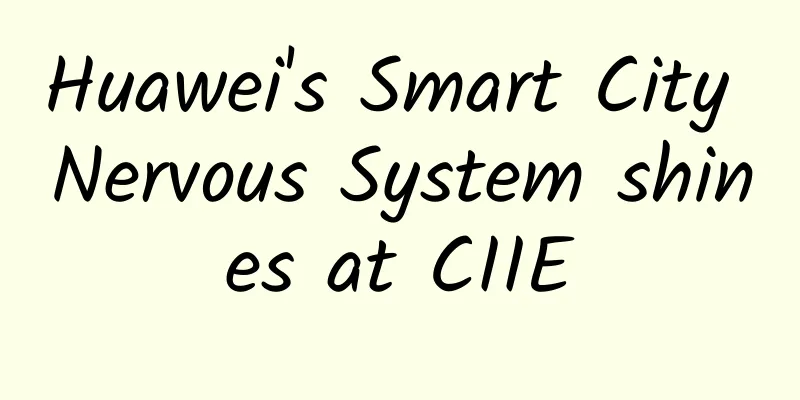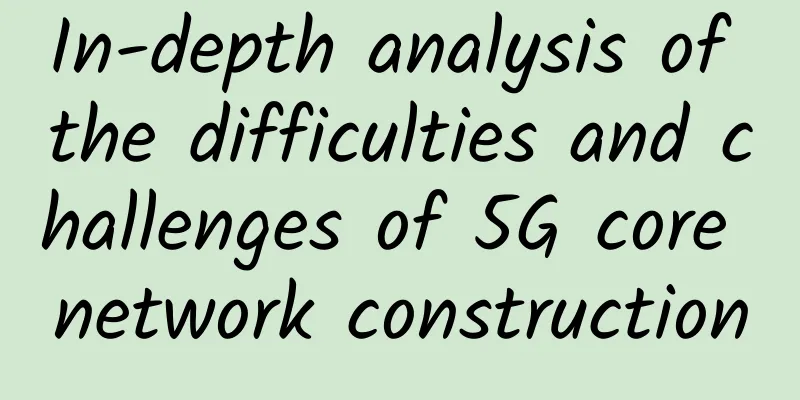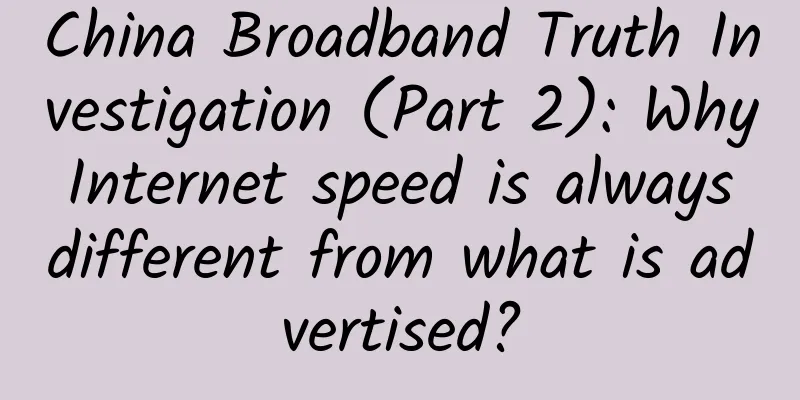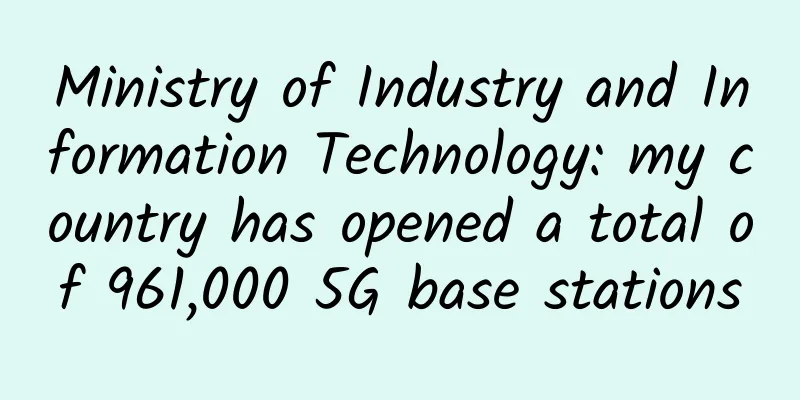Misunderstood 5G antennas disguised in layers - I feel bitter but cannot express it
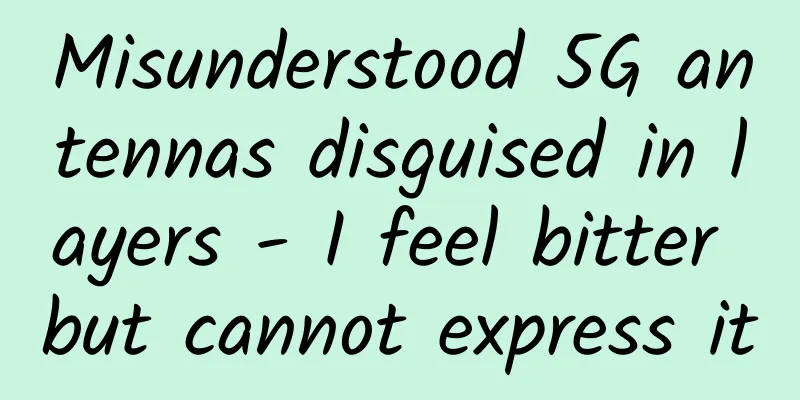
|
What do you think of when you mention 5G antennas and 5G base stations? If I'm not mistaken, everyone should think of these devices that look like they have "professional" written on their faces, full of technology and making people feel very powerful. But in fact, let me tell you quietly that the "street lights", "air conditioner outdoor units", "spotlights" you usually see are all 5G antennas. Do you believe it? Yes, there are really antennas on top. The common facilities in the picture above are often overlooked. In fact, they are probably disguised 5G antennas. In fact, not only 5G, but even 4G and 3G antennas are also disguised in various ways and mixed in the downtown area. Why are antennas disguised? This is actually a misunderstanding by the public who do not know the truth. They believe that antennas have radiation and are forced to take this measure. In fact, antennas have worked really hard to improve everyone's network experience. In particular, the youngest member of the antenna family, the 5G antenna, carries the family's earnest expectations - higher transmission rate and wider coverage. The youngest 5G antenna: at a young age, it bears a heavy burden that life cannot bear. 01Antenna Family - 5G Brother: I have 64 RF units and I can play eight!The unique skill of this antenna family is that they can transmit the corresponding frequency band of the base station signal to your mobile phone in the form of radio waves (which we often call "downloading"), or transmit the radio waves received from your mobile phone to the base station for processing (uploading). The antenna family has been doing this since its inception. However, as the family's strength grows, the antennas are also upgraded, so there are more "small antennas" under its command - independent transceiver units. As the big brother of 2G antenna, generally only two independent "small antennas" are integrated, which are called 2T2R antennas (2T2R means two independent transceiver antennas). With 5G, such independent small antennas have been upgraded to 64. For example, the figure below is an "anatomical diagram" of an antenna displayed by ZTE. The small squares we see are independent transceiver modules. If you are interested in counting them, you will find that there are exactly 64 of them. Under the small antenna is the remote radio unit (RRU, also known as the "root of all evil" in the popular sense) connected by a connecting wire. Because each small antenna requires a separate wire, when you think of 64 small antennas that need to be connected to the server below, it feels like the antenna we see should look like this: In order not to affect the "city appearance" (not entirely), engineers combined the antenna with the RRU, and thus the AAU (Active Antenna Unit) was born. So after fighting with the antenna family for so long, when the 5G younger brother took over, the poor RRU was marginalized because of its appearance, and the AAU officially became the pioneer of the 5G era. It is really a world that values appearance. 02Friends, do you want to buy a cat? I mean——MIMOAs we can see above, in the process of upgrading the mobile communication standard from 2G to 5G, the number of independent transceiver units integrated in the antenna is increasing. The benefits of more transceiver units are self-evident, but in addition to packing more transceiver units into the antenna, there is also a magical antenna that can realize multiple independent transceiver channels at the same time - "MIMO" antenna ("Multiple-Input Multiple-Output", that is, "multiple reception and multiple transmission"). As the name suggests, MIMO antennas are antennas that can simultaneously transmit and receive multiple signals. MIMO antennas that can receive and transmit multiple times can achieve three major capabilities: spatial diversity, spatial division multiplexing, and beamforming. Don’t understand? It’s okay. Let’s look at them one by one. Skill 1 - Spatial Diversity, skill effect: multiple channels send/receive the same data. In simple terms, it is to use multiple antennas to receive the signal from the same transmitter. To achieve this function, the first thing to ensure is that there is a certain distance between the receiving antennas, so that the fading characteristics of the output signals are independent of each other. After receiving the signal, the combining circuit selects the one with the largest signal amplitude and the best signal-to-noise ratio to obtain a total receiving antenna output signal. Still don't understand what it means? Then you can understand it this way - someone is talking to you, but you can't hear clearly, so you call your brothers and sisters to listen together, and then get together to discuss what you heard, and then you can hear it clearly. So the main purpose of diversity is to improve the accuracy of data transmission. Second skill - Space Division Multiplexing, skill effect: Use different spatial channels to independently transmit information. Space division multiplexing is to divide the data into multiple parts at the transmitting end, and transmit them through multiple different antennas at the same frequency. After receiving the mixed signal of multiple data at the receiving end, the independent fading characteristics between different spatial channels are used to distinguish these parallel data streams for integration. This mode is a bit like you and your friend chatting, and you are good at "keeping an eye on all directions and listening in all directions", so your two friends are telling you the same thing at the same time with different progress. You are gifted and can hear both sides clearly and sort it out in your mind, then you can figure out the ins and outs of the matter, which saves trouble! But there is a limitation here, that is, first of all, you have to be gifted, and there are no more "other voices" that are beyond your ability to interfere, otherwise you may not be able to hear any of them. From this perspective, spatial division multiplexing achieves higher data rates within the same frequency resources, but has weak anti-interference capabilities. The third skill is beamforming. Skill effect: Concentrate the emission on the designated target. Simply put, beamforming is a process where multiple transceiver units adjust the amplitude and phase so that the antenna can emit a "beam" that focuses energy directly toward the direction of the user's phone. To make it easier for everyone to understand, let's take a look at the comparison chart: Traditional Network Precision Beamforming It’s still similar to the previous chat process. Let’s not meet face to face. You can chat privately one by one. There will be no one around to interfere with you. You can convey your ideas clearly without worrying about being overheard. The other party can also clearly understand what you want to express. In general, both spatial diversity and beamforming are more suitable for wireless environments with relatively large interference, and can ensure the accuracy of data transmission. Beamforming not only has strong anti-interference ability, but also has little interference to the transmission of other users around it. Space division multiplexing is suitable for scenarios with good wireless environments and small interference, and can double the transmission rate. 03Massive MIMO——A powerful weapon in the 5G eraAs mentioned earlier, 64 independent transceiver units are integrated into the 5G antenna, which is indeed a lot. In English, it is called "Massive", so Massive MIMO antennas are introduced. Massive MIMO "money" (independent transceiver units) is very arbitrary, so multiple transmission paths are opened up in the airspace, and different data are transmitted simultaneously on the same frequency band resources, which doubles the data transmission rate. Earlier we mentioned the three major MIMO techniques: spatial diversity, spatial division multiplexing, and beamforming. In fact, such techniques have been used as early as the 4G era, but 4G is not powerful enough and can only transmit one data channel. In addition, everyone needs to share the same transmission resources, so there is no improvement in the speed of either a single user or the entire cell. You may not feel it at ordinary times, but when many people use their mobile phones at concerts, various stations, etc., various disadvantages appear. In the 5G era, Massive MIMO antennas have built-in independent transceiver units that far exceed those of 4G (8 times for China Mobile and 16 times for China Unicom and China Telecom). Therefore, the single-stream beamforming of the 4G era is upgraded to multi-stream (16 streams)! This is equivalent to beams directed to different areas, which can transmit different data independently. This is also the "thousand arrows fired at the same time" effect mentioned in the subtitle. To see how obvious the contrast is, just look at the picture: Single-stream beamforming (left) and multi-stream beamforming (right) The Massive MIMO antenna relies on multi-stream beamforming capabilities and the ability to transmit up to 4 streams of spatial division multiplexing to a single user, achieving a leapfrog improvement in base station-level capacity and single-user rate. Therefore, next time you are at a concert or a station, 5G coverage will be much more stable than 4G. On the other hand, the beamforming in the 4G era can only achieve horizontal focusing, while the Massive MIMO antenna of 5G can achieve three-dimensional beam transmission (also known as 3D-MIMO), just like a 360-degree rotating spotlight on the stage, shining wherever it is not bright: "How are you, friends on the roof?!" Therefore, in the 4G era, it was necessary to install various devices disguised as air-conditioning outdoor units, solar water heaters, etc. on the roof to provide signal support for high-rise users. However, this is no longer necessary in the 5G era with Massive MIMO. It can be said that Massive MIMO antennas have become a real killer of 5G networks with their powerful simultaneous multi-channel data transmission capabilities. 04Finally,It can be seen that the antenna family has really worked hard for everyone to surf the Internet happily. Whether it is the layers of disguise brought in to avoid being disliked by everyone, the AAU that debuted for appearance and "not affecting the city appearance", or the Massive MIMO that made contributions in the 5G era to "make everyone have access to the Internet", they are all trying their best to improve themselves. The high-speed 5G network we can enjoy now is actually the result of the hard work of the communication engineers behind it. The antenna has worked so hard, what reason do you have not to work hard? |
<<: How does millimeter wave technology unleash the future potential of 5G?
>>: "IPv6+" builds intelligent connections in all scenarios and supports the digital future
Recommend
2018 Trends: What will the future hold for AI and IoT?
What kind of chemical reaction will occur between...
Wi-Fi 7: The Next Generation of Wi-Fi Evolution
Although Wi-Fi 6 has just been launched, Wi-Fi 7 ...
Is the WiFi slow and lag the router? The phone is to blame
Under the guidance of the idea of increasing mo...
Zhang Hao from Ele.me: A food delivery guy sent by AI
[51CTO.com original article] On July 21-22, 2017,...
Inventory: Ten key steps in the development of quantum communication in China, from following to partially leading
[[408654]] 01 Deceived-state quantum key distribu...
5G network needs to save money by relying on these four key technologies
[[385335]] This article is reprinted from the WeC...
F5 Distributed Cloud WAAP helps enterprises effectively defend against robot attacks with leading security protection capabilities
Today's applications have become an important...
CDN 2017 Review: License and Price Wars, Differentiated Competition is the Key to Survival
In 2017, with the rapid development of mobile Int...
Illustrated Network: Access Control List (ACL), which is as powerful as a firewall
In the world of computer networks, one of the mos...
How to use 5G spectrum efficiently? Both licensing and sharing are effective
Telecoms.com regularly invites third-party expert...
What will be the future of the Internet after the heyday?
On April 19, it was reported that the current Int...
Huobo Technology Chen Ye: To B is the middle platform, To C opens up the content consumption market
Recently, Chen Ye, founder and CEO of Huobo Techn...
10gbiz: Silicon Valley dedicated server 20% off, starting from $24/month, optional CN2 line
10gbiz has just launched a promotion for two dedi...
KhanWebHost: $1/month KVM-2GB/10GB SSD/1TB/Dallas Data Center
Need to practice VPS hosting? You can take a look...
Five reasons why your business needs software-defined networking
Many large customers face a daunting dilemma. On ...

